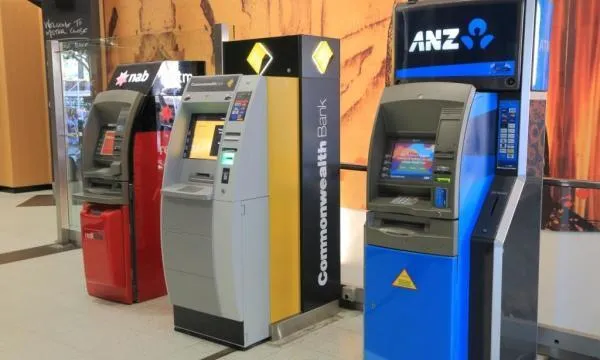
Two ways for Australian banks to achieve 'unquestionably strong' capital ratios
Both methods are likely to be negative for shareholders.
In an effort to guard against risks stemming from record high household debt and elevated house prices, the APRA announced higher capital ratio targets for the country's banks on July 19, which was in line with BMI Research's expectations. Australian policymakers remain concerned about financial instability risks stemming from a sizeable correction in the overvalued housing market.
"In our view, a sharp drop in house prices has the potential to trigger a substantial rise in mortgage defaults, wiping out large portions of the balance sheets of Australian banks. The capital requirements were raised in response to the recommendation by a December 2014 financial system inquiry (FSI) that the capital ratios of Australian banks should be 'unquestionably strong,'" the firm added.
Here's more from BMI Research:
The four major Australian banks need to have Common Equity Tier 1 (CET1) capital ratios of at least 10.5% (from the current requirement of 8.0% to 9.5%) by January 1, 2020, as stated in the announcement. According to data from the APRA, the CET1 capital ratios of the four banks stood at 10.0% as of March 2017.
In addition, thebanking regulator also stated that it would release a discussion paper later in 2017 to include risk weights on mortgages that are in line with expected rules due to be finalised by global regulators.
In an environment in which profitability is coming under pressure, Australian banks could achieve higher capital through two methods, and both are likely to be negative for shareholders.
Firstly, Australian banks could raise capital through the issuance of equity, which would dilute existing shareholding. For example, the big four Australian banks and Macquarie Group Ltd raised a total of AUD18.5bn in 2015 following the December 2014 FSI, and Australian banking equities underperformed over the course of 2015.
Secondly, they could preserve cash by reducing their dividend payout further, and this would lead to a decline in their share prices as it signals that the prospects of these banks are weakening. The dividend payout ratio of the S&P/ASX Banks Index has fallen from the highs of 102.3% recorded in September 2016, and is likely to come under further pressure.
The S&P/ASX Banks Index has underperformed the broader index since the start of 2017, and considering these factors, this underperformance is likely to continue over the coming months.




![Lorem Ipsum [ABF 1]](https://cmg-qa.s3.ap-southeast-1.amazonaws.com/s3fs-public/styles/exclusive_featured_article/public/2025-03/a_hand_pointing_to_a_futuristic_technology_5b87c9d0e3_1.png.webp?itok=2w0y1WhS)


![Cross Domain [Manu + SBR + ABF + ABR + FMCG + HBR + ]](https://cmg-qa.s3.ap-southeast-1.amazonaws.com/s3fs-public/styles/exclusive_featured_article/public/2025-01/earth-3537401_1920_4.jpg.webp?itok=WaRpTJwE)







 Advertise
Advertise

